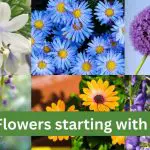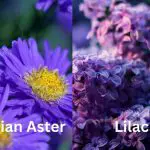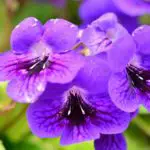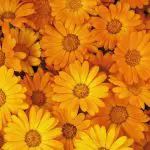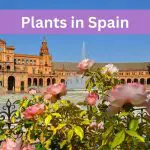Last Updated on February 20, 2023 by Derek
You can eat hibiscus flowers fresh from the plant or use them in tea, jam salads, or relishes. Not only are these flowers edible, but they also have essential medicinal value, which is one reason why many cultures use them in tea. Hibiscus flowers are primarily grown for ornamental purposes.

Can You Eat Hibiscus Tea Leaves?
All parts of the hibiscus are edible, including the leaves. In some cultures, the leaves are cooked like spinach and have a tangy flavor. However, hibiscus leaves are primarily used in tea preparation; although not as sweaty as the hibiscus flower tea, they make a more astringent tea.
In addition, the young leaves can also be eaten raw; it has a tart flavor similar to that of a pomegranate. Eating hibiscus leaves also has several health benefits, such as:
- Help boost your immune system
- Reduces the risk of developing heart disease
- Lowers the risk of developing diabetes and cancer
- Prevent cell damage caused by free radicals in the body
- Treatment of loss of appetite, cold, and nerve disease.
- Treatment of inflammation, etc.
Which Hibiscus Are Not Edible?
Generally, all hibiscus are edible and non-toxic to humans. However, Hibiscus syriacus (rose of Sharon) is toxic to pets. If your dog eats a lot of hibiscus, it is likely to develop nausea, vomiting, or diarrhea.
Video – Types of Edible Hibiscus Flowers
Eating Hibiscus Flower Benefits
Hibiscus contains antioxidants and other essential elements like flavonoids and anthocyanins, with plenty of health benefits. It can therefore be helpful for both curative and preventing reasons.
Some of the health benefits that you are likely to get from eating hibiscus flowers include:
- Lowers blood pressure
- Lowers blood sugar
- Improves hair growth
- Boost immune system
- Prevent skin cancer
- Lowers cholesterol
- Helps in weight lose
- Induces menstruation and help reduces the cramps
- It prevents urinary tract infections
Are Hibiscus Flowers Edible for Dogs?
Most hibiscus flowers are not toxic to dogs, except for the Rose of Sharon or Chinese hibiscus. This hibiscus causes serious health complications to dogs if they consume a reasonable amount. The dog experience lack of appetite, nausea, vomiting, or in severe cases they suffer from diarrhea.
Therefore, dog owners should avoid planting rose of Sharon type of hibiscus. Or rather, they should keep their dogs away from this type of hibiscus.
List of Edible Hibiscus Flowers with Pictures
There are hundreds of types of edible flowers, and more are bred every year. Some of the traditionally known edible flower pictures are shown below.
| Flower | Flower color |
| Dandelion | Most dandelion species produce yellow with a few white and pink. |
| Honeysuckle | The flowers come in various shades, including yellow, peach, red, creamy white, and pink. NasturtiumNasturtium flowers can be red, pink, white, yellow, and orange. |
| Squash blossom | The squash plant bears yellow or orange blooms. |
| Chamomile | The chamomile plant produces edible white blooms. |
Pictures of Edible Hibiscus Flowers
Hundreds of edible hibiscus flowers are grown worldwide, both annual and perennial. In addition, hibiscus plants can be herbaceous, shrubs, or trees that grow in tropical, subtropical, or temperature climates.
Here is a list of edible hibiscus flowers with pictures:
Hawaiian hibiscus

There are seven species of hibiscus flowers that are native to Hawaii. The yellow Hawaiian hibiscus flower is the state flower of Hawaii, distinguished by its large and bright yellow color.
| Common Name | Botanical Name | Soil pH Range | Soil Type | Sunshine | Growing Zones |
|---|---|---|---|---|---|
| Hawaiian Hibiscus | Hibiscus rosa-sinensis | 6.0 – 7.5 | Well-draining | Full sun | 9-11 |
Hibiscus Sabdariffa
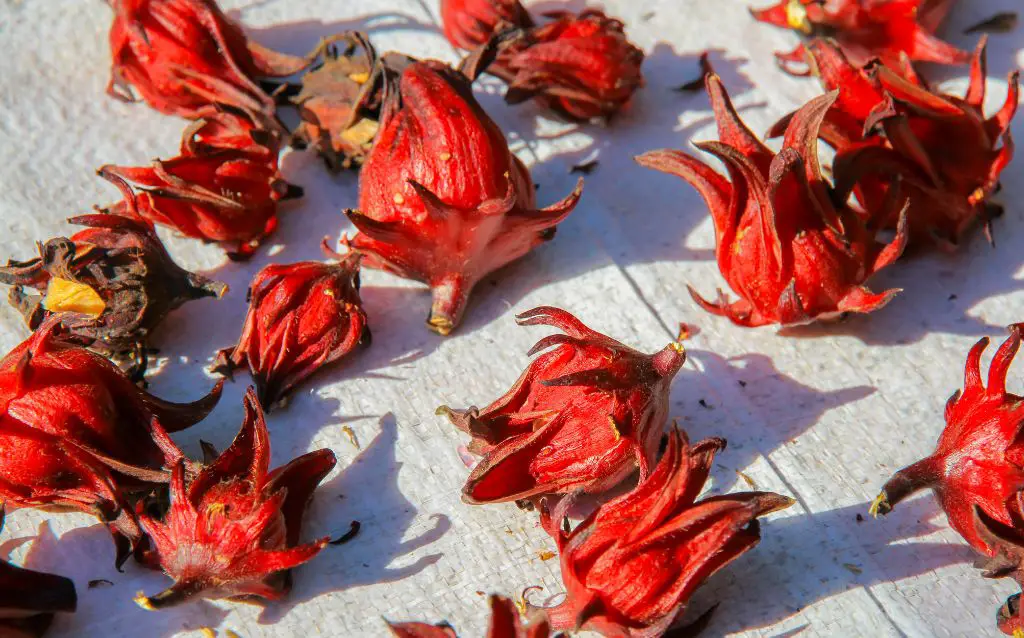
The Hibiscus sabdariffa, also called Rosa de Jamaica, Jamaican sorrel, or Florida cranberry, is an annual/ perennial plant. It is mainly grown for its tasty tart flowers used to make hot or cold tea. The Hibiscus sabdariffa is an ornamental plant from tropical Africa and bears various colored flowers.
| Common Name | Botanical Name | Soil pH Range | Soil Type | Sunshine | Growing Zones |
|---|---|---|---|---|---|
| Roselle | Hibiscus sabdariffa | 6.0 – 7.0 | Well-draining | Full sun to partial shade | 8-11 |
Hibiscus Acetosella
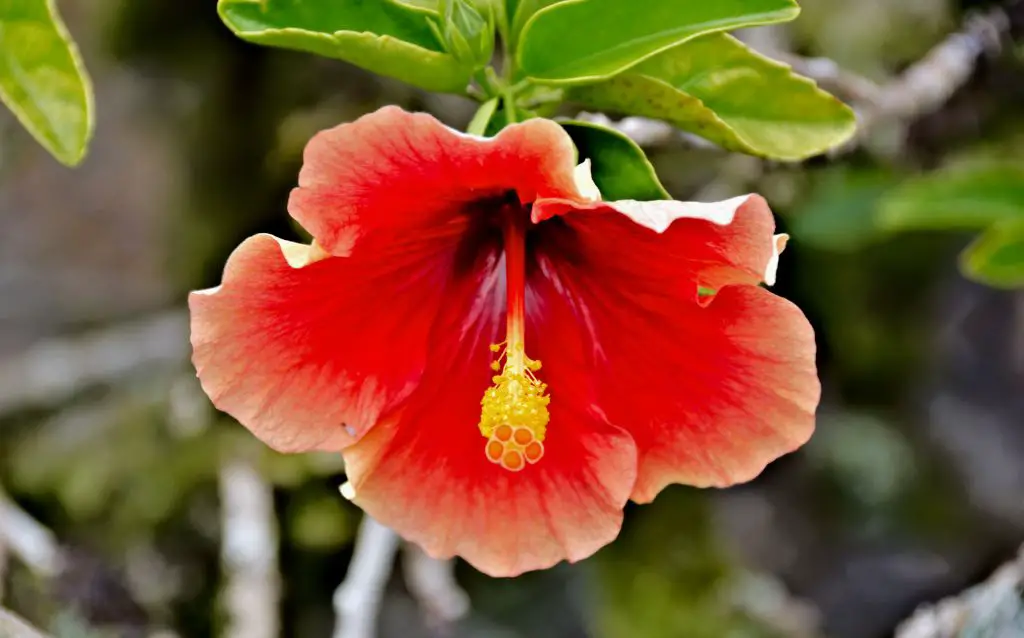
Hibiscus acetosella or cranberry hibiscus plant does not have many flowers, so they are mainly grown for ornamental reasons. They produce red flowers that are not very conspicuous and are often overlooked.
- Hibiscus Ros a- Sinensis

The Hibiscus Rosa – Sinensis, also called Chinese hibiscus or shoeblack plant, is a tropical hibiscus mostly grown as an ornamental plant. The plants can be grown in the garden, landscape, and indoor plants. Their flowers are attractive and have medicinal value in treating various ailments. They are used as tea or salad.
- Rose of Sharon
The rose of Sharon or Hibiscus sinosyriacus is an Asian perennial plant that grows well in temperate climates. It produces lovely flowers with multiple colors during summer through autumn. The flower may be blue, red, purple, white, pink, etc.
Can You Eat Rose Petals Raw?
Rose petals can be eaten raw since they have a slightly sweet flavor and are aromatic. They are mainly mixed with fruits, green salad, or make rose-infused drinks. Alternatively, the rose petals can be dried and mixed with herbs.
Although rose petals’ nutritional value is insignificant, most chefs’ favorite for adding flavor and floral scent. However, it has some percentage of vitamin C, though not as much as the flower itself.
FAQ- Common Asked Questions about Hibiscus Petals
There is so much to learn about the hibiscus plant. Here are some of the frequently asked questions on hibiscus petal and their responses:
Are All Hibiscus Flowers Edible?
There are hundreds of hibiscus flower species, which makes it hard to tell if you can eat each one of them. It would be best to research any hibiscus before you can eat them. On the other hand, you can identify the popular species that are confirmed edible, like the Jamaican Roselle (Hibiscus sabdariffa).
Though not as popular as the Jamaican Roselle, False Roselle (Hibiscus acetosella) is also edible. It resembles the latter with dark red leaves and pink flowers. It has a good taste and texture, making it excellent for salads and stir-fries. Most people love this hibiscus because it does not lose its color, flavor, or bulk even when you cook.
Are Hibiscus Flowers Poisonous to Humans?
The Hibiscus plant is categorized under “toxicity category 4,” meaning it is not poisonous to human beings. No part of the plant is toxic, from the leaves to the blooms. The plant is “friendly,” and it is okay to grow around young children and toddlers.
On the contrary, some hibiscus species are poisonous to pets and other animals. If you are uncertain about a particular cultivar’s toxicity, it would be best to keep your pets away.

